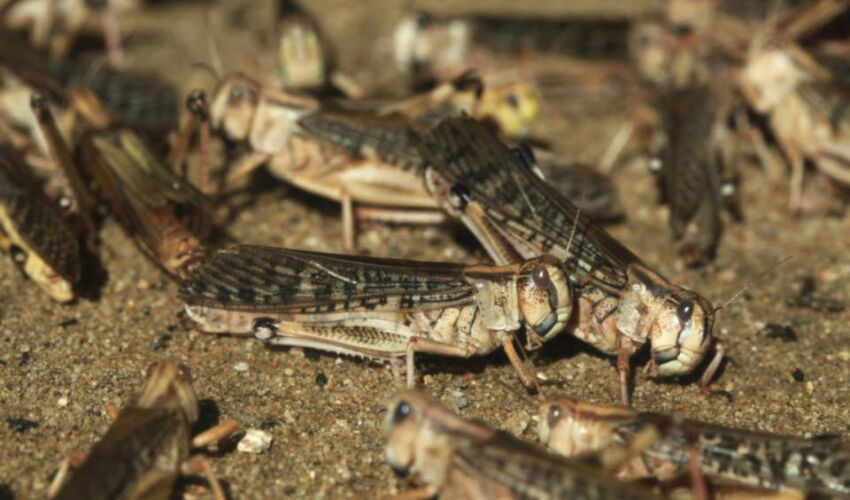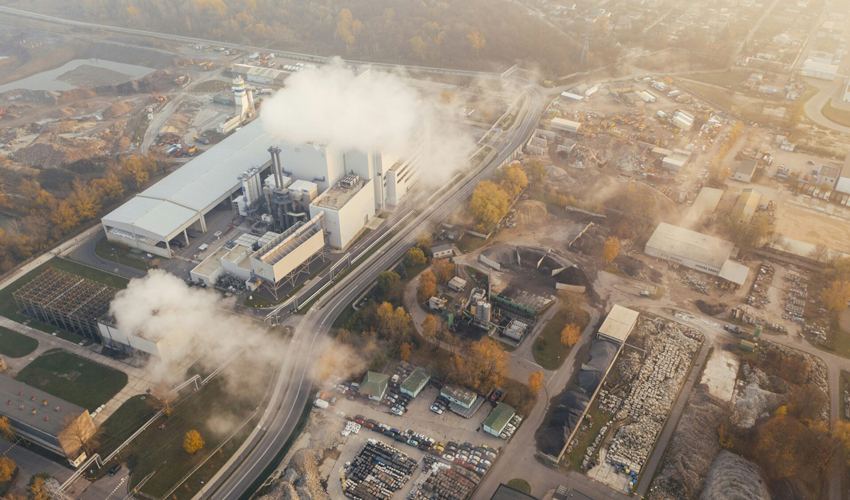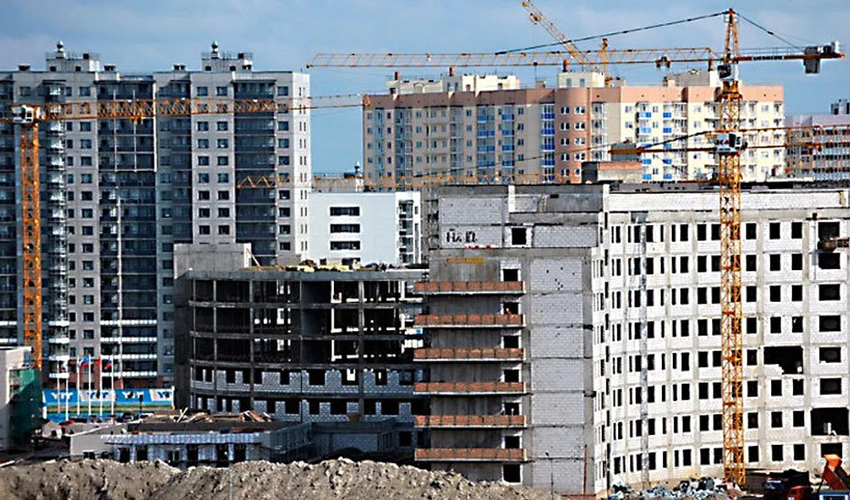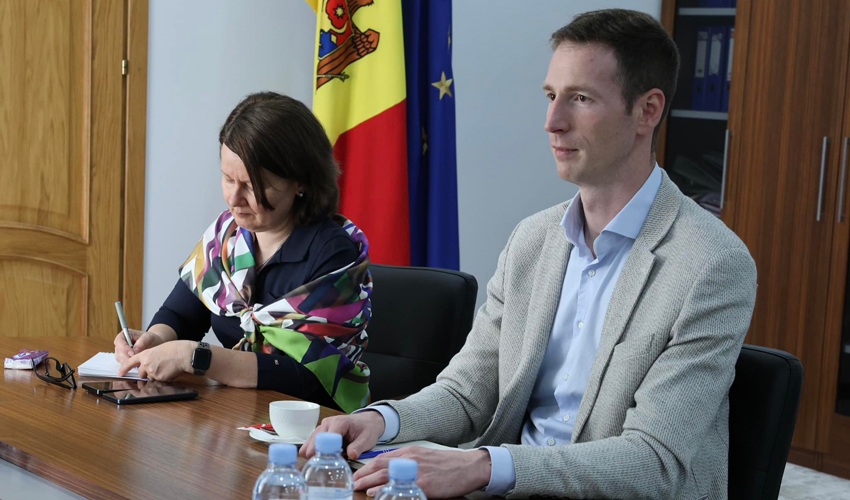
As noted in ANSA, the agency’s inspectors responded to the signal – certified the fact of detection and took samples for research. Farmers also carried out the necessary sanitation on the fields.
ANSA made recommendations, among them:
- Conduct regular monitoring – inspect plots for egg clutches in fall and spring, check soil moisture, inspect areas of possible mass emergence of larvae and adults.
- Use physical barriers and traps – install protective netting, plant bait plants around the perimeter, place pheromone traps.
- Use chemical treatments – if necessary, use approved insecticides strictly according to instructions and in an environmentally friendly manner.
- Use mechanical methods – digging up the soil, cleaning, if necessary burning in certain areas.
It was recommended to pay special attention to pastures, areas with short grass or crops that remain green for a long time, e.g. alfalfa.
In addition to the south of Moldova, locust sightings were recorded in the southern regions of Ukraine and Romania. Experts have not yet given a clear explanation for this fact. Agronomists interviewed by the Logos Press correspondent suggest that the appearance of non-specific flora and fauna, including locusts in the countries of South-Eastern Europe is related to climate change.
In this regard, it may be noted that a decade ago, in the south of Moldova, there were cases of jackal and corsac fox sightings.













